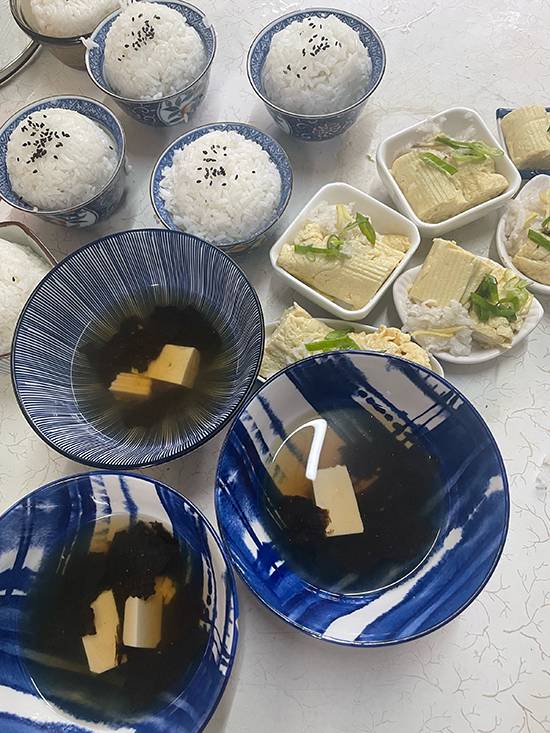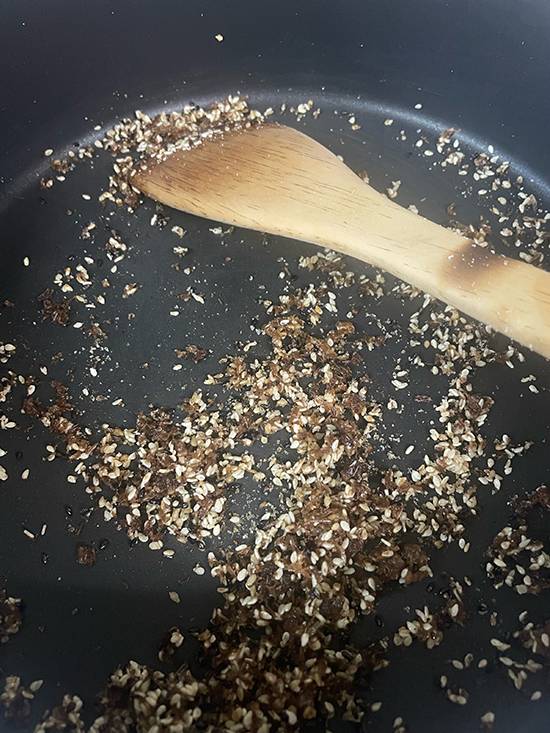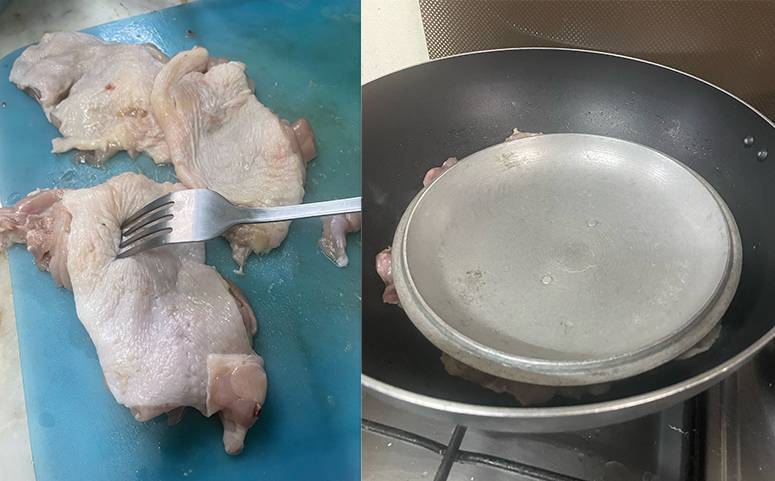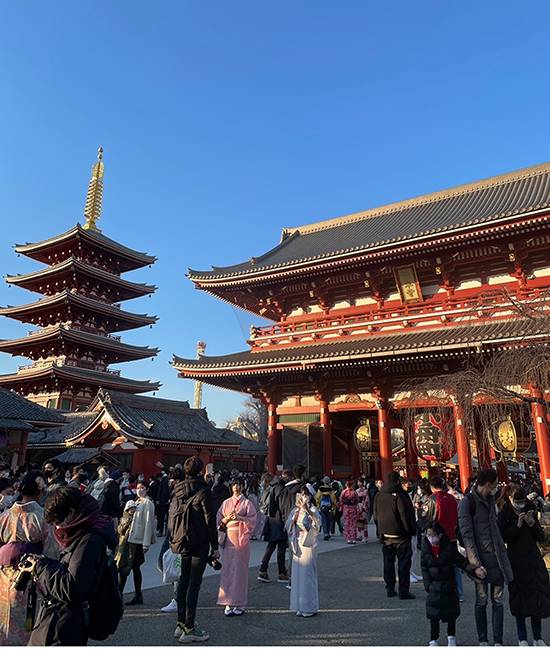An everyday japanese homecooked meal
Judging by the social media posts, I’d say a good number of my friends made Japan the destination of their revenge travel. What’s not to love? Cool weather, clean and scenic cities and countryside, wonderful people, an irresistibly quirky culture, yummy food.
If you think you can’t hope to duplicate that delicious, authentic and clean taste of Japanese food—well, actually, you can, especially if you pay attention. The many little steps lead to results that justify the effort, and you can end up with a restaurant-quality meal without the steep prices.
Let’s start with a super favorite of mine: home cooking. I am a big fan of comfort food that home cooks feed their families. These must please spouses and kids day in and day out, must be delicious yet nutritious, too, plus hopefully are fast and easy to make.

There used to be a Japanese restaurant near my house named Zaan and it was our introduction to homestyle Japanese food. Run by a feisty Japanese lady, there were hardly any of the usual restaurant staples like tempura or sashimi here. These are the fancier, more technical items the Japanese themselves go to restaurants to enjoy.
Instead we fell in love with Zaan’s chicken, whether it was fried karaage style or pan-fried in teriyaki sauce. We discovered their soboro, which consists of “crumbled”-looking salmon, eggs and chicken, each cooked separately in a light soy sauce and layered over rice. There were ochazuke dishes, or rice bowls with toppings, over which you poured tea, as the Japanese would in their homes.
More than an hour into the preparation of this meal and I’m beginning to comprehend how chef Saito finds this daily ritual stressful. But it’s precisely the painstaking attention to detail that the Japanese put into everything they do that makes everything they do so excellent.
When I work on my laptop I’ll often leave a cooking channel on so I can pick up ideas here and there. These days my preferred channel is Japanese NHK, both for the gentle way in which they deliver the news and the travel shows that make me nostalgic for our trips to Japan.
On a recent episode of Dining with the Chef, I was completely enthralled with chef Saito’s preparation of a typical, everyday family meal. She said cooking family meals daily was stressful, which puzzled me. She would present the five most basic components of such a meal and she had my full attention.

Firstly, rice. It needs to be Japanese rice, which you can find in your supermarket. Her detailed procedure was different from the way I used to cook Japanese rice but oh, my goodness, what a difference!
You want restaurant-quality Japanese rice? First, rinse your rice in water eight times (yes, eight) until the water runs clear. You must then strain the rice to get rid of the extra moisture. The ratio of water to rice is 1.2:1. Bring to a boil, turn down to a simmer and cook, covered, for 13 minutes. It’s that simple and it does take all those steps. You will quickly and happily get used to this.
The second element is soup. You can get very good instant dashi granules at Japanese groceries (my favorite is the one from Mitsukoshi) but making your own dashi stock isn’t difficult. Still, you need to pay attention to what you’re doing to get that quintessential Japanese taste.
Heat water in a large saucepan and add a piece of kombu, the Japanese seaweed. You need to remove the kombu before the soup boils and then you add a handful of katsuobushi or dried bonito flakes. You have to wait until these sink to the bottom before straining them out.

But don’t throw the soaked katsuobushi away because it can be turned into furikake, a yummy rice seasoning. Fry them in a dry pan with a bit of Kikkoman and mirin, sesame seeds and Japanese chili powder.
If you think the dashi for your soup is a bit bland at this point, we’re not done yet. Add about a tablespoon worth of ginger, sliced into matchsticks, a block of Japanese tofu cut into cubes and two or three sheets of nori that you tear to pieces. Let that all steep a bit then taste in about five minutes. It will be perfect now.

Our main dish for this meal is chicken teriyaki. Chef Saito used boneless chicken thighs, which she pricked all over, skin side and flesh side, with a fork. I added chicken breast for my son, who prefers that cut and pounded them so they would cook as evenly as the thighs.
I heated a wok that had been lightly brushed with oil using a paper towel. The chicken goes in a single layer and you weigh them down with a heavy lid to make them brown faster. After five minutes the chicken is golden on one side but the melted fat from the chicken must now be drained off before you cook the other side. Otherwise, the chicken will braise instead.

For six chicken thighs and two breasts I combined 1/2 cup each Kikkoman soy sauce, mirin, sake and sugar and added this super-easy teriyaki sauce to the chicken in the pan. Let it cook a few minutes to reduce the sauce; remove the chicken and cut into strips and return to the pan. Garnish the individual servings of chicken with sliced leeks and sesame seeds.
Three down, two more to go! Keep in mind that in a meal, the Japanese try to include five flavors such as sweet, salty, sour, spicy and bitter. If possible, the dishes should include these five colors: green, red, white, black and yellow.

More than an hour into the preparation of this meal and I’m beginning to comprehend how chef Saito finds this daily ritual stressful. But it’s precisely the painstaking attention to detail that the Japanese put into everything they do that makes everything they do so excellent.
The first of two side dishes is the rolled omelet the Japanese call tamagoyaki. Made of a 2:1 proportion of beaten egg to lukewarm dashi stock, the process of making this rolled omelet takes practice. You can look for this episode on NHK On Demand or just google any tamagoyaki video.

But I think if you’re slightly frazzled already at this point like me, just make a nice omelet, budgeting an egg per person. Do not fail to add the dashi component. The garnish of grated radish and a bit of ginger adds a nice, peppery boost of flavor.
Finally, the carrot and cucumber pickles, which I actually started earlier because it needs to sit in the ref for an hour. Peel the carrot and slice it down the middle. Peel off the skin of the cucumber in alternating strips so that you have both crunchy skin and the exposed flesh that will absorb the salt better.
Rub the carrot and cucumber well with rock salt and put them in a zip-lock bag. After an hour, rinse off the salt and slice thinly.
Now I need to plate each person’s five dishes separately as they would in a restaurant when you order a set meal. This again takes time. I have now been at this meal for an hour and a half, and that is very long for someone like me, considering how fast I work. It will make you appreciate the effort in a Japanese kitchen that has not neglected colors, contrasting flavors, nutrition and garnishes in producing this very basic, everyday meal.
And the end result? The food tasted like we were back in Japan. Everyone finished all their portions and that is more than enough reason to do this again, and again, and again.


